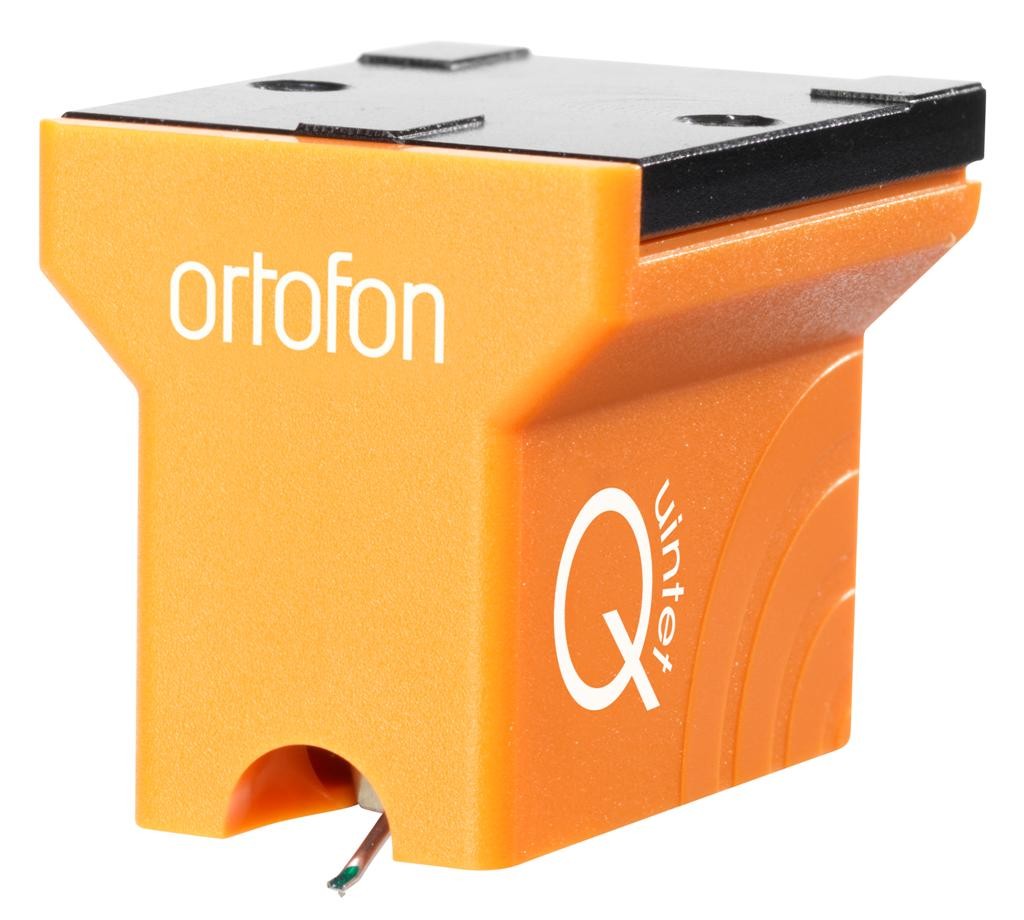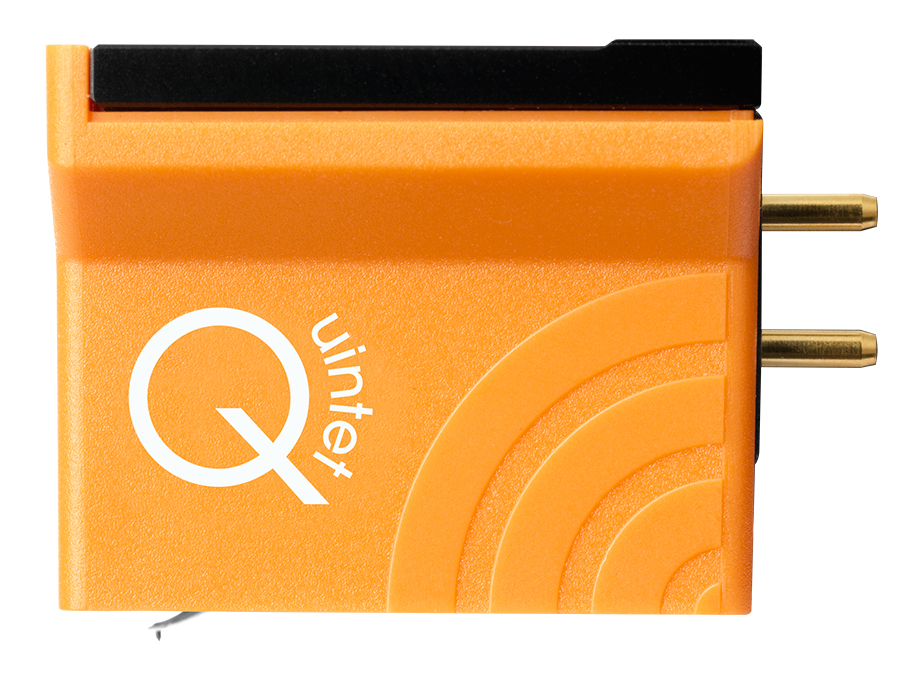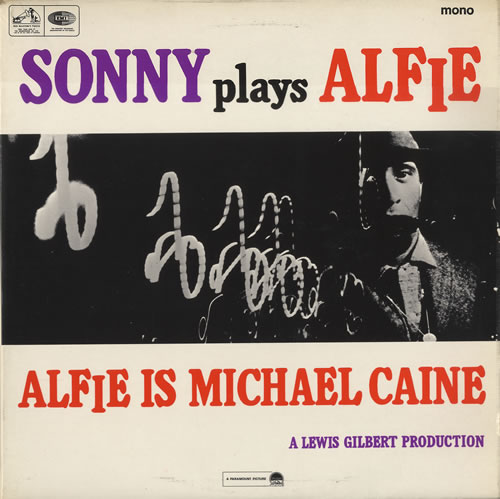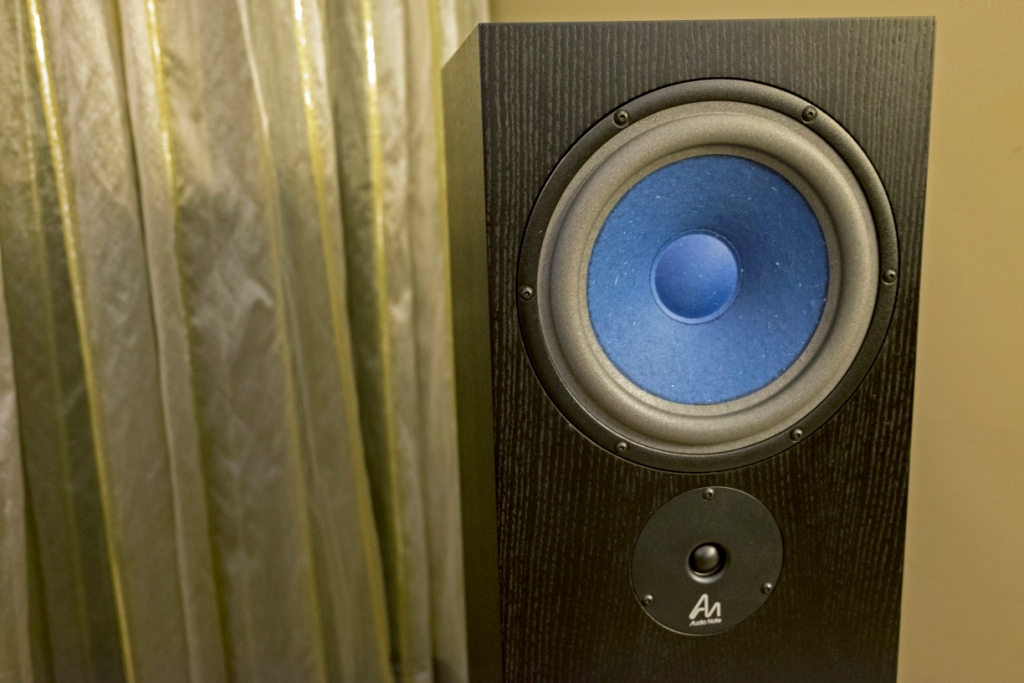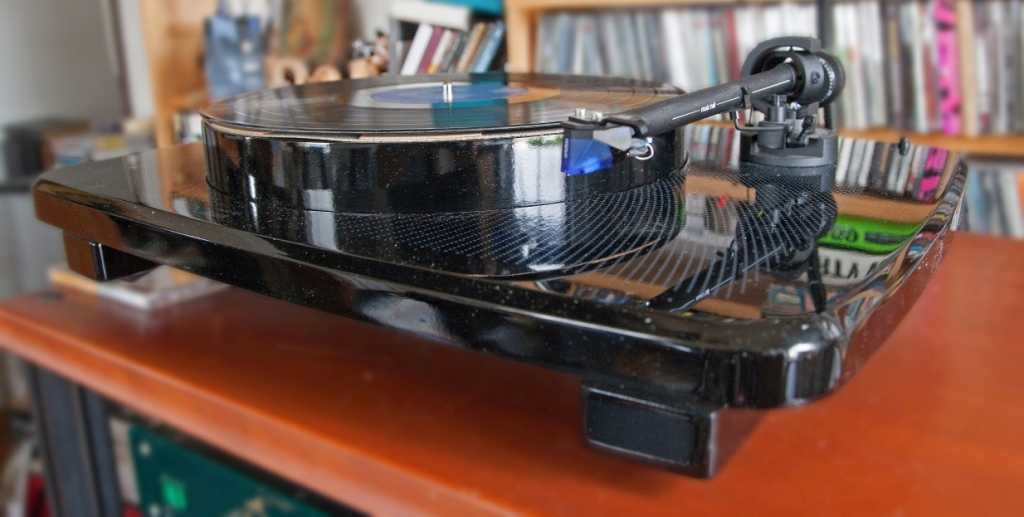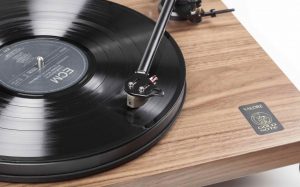Reviewing phono cartridges, be they of the moving magnet, moving coil, or moving iron variety, involves that old "devil in the details." Depending on your tonearm and headshell you'll encounter varying degrees of difficulty when mounting a cartridge, maintaining composure at all times to insure that fingers, tweezers, blood, and sweat don't damage the cartridge's delicate body and stylus, with additional care paid to the fragile wire leads emanating from, in my Kuzma Stogi/Stabi's case, the tonearm. Oh how I long for a detachable headshell! Yes, friends, cartridge installation requires a steady grip on the cartridge and on the mind.
But this is all part of the process, part of the work that equals blissful listening. If we are going to fall in love with our music collection, to where it moves our emotions and creates what I call "soul memories," we must get down deep and dirty with our gear. Only by becoming one with the devilish details will our music systems reproduce the deep soul magic we crave from our record collection. The music is there, waiting for us to go the extra mental mile to get it right.
Sometimes, deep in the cartridge setup process—particularly when installing the classic Denon DL 103 which doesn't offer threaded holes but side-mounted holding screws—I've had to step aside and scream. Yes, a long bloody "AAAAAAAHHHHHHHHHHHHHHHHHHH!" I feel better already! My Kuzma Stogi/Stabi's unipivot arm requires that you toggle its two counterweights back and forth to dial in tracking force and then, side to side juggling to achieve correct azimuth. (GC Audio offers an excellent cartridge setup guide HERE.) This is a tricky procedure. With one eyeball on the front of the cartridge to monitor azimuth (an inferior way to gauge this important measurement states GC Audio but the only one I currently have) and the other eyeball and appropriate fingers focused on moving one of the two counterweights to the left or right to set the tonearm to achieve the desired 90 degree cartridge-to-vinyl angle—you get the picture. Lights, glasses, tweezers, action! VTA gets all the sexy press, but it's a no- brainer compared to the manly world of azimuth.
My EMT TSD 15 requires re-tipping. I was curious to hear something other than my tried, tested and true Denon DL 103. The Ortofon Quintet Bronze presented a comparison to the twice as expensive former cart and to the less than half as expensive latter cart.
For an excellent history of Ortofon's Quintet series of cartridges, an overview of the Quintet Bronze's specifications, and a spot-on solid write-up, see John Hoffman's review of the Quintet Bronze in Positive Feedback Issue 78, March/April 2015. As John provided all the technical and historical details in his concise style, I'll stick to the Bronze's performance in my rig which consists of the Kuzma turntable, Shindo Allegro preamp, Shindo Haut Brion power amp, DeVore Fidelity O/93s loudspeakers and Shindo and Auditorium 23 cabling. I used the Mobile Fidelity Geo-Disc to align the Bronze and a Shure SFG-2 Stylus Tracking Force Gauge to set tracking force.
Before I dip into my ever expanding LP collection, let me repeat one of John's comments from the git-go: "The Bronze is rich, textured, refined, with a full bottom end that fleshes out the bass passages. If there is a limitation to this cartridge, it is in the manner of how it handles the fine detail of the recording in the higher registers. While the Bronze is not opaque or lackluster by any stretch of the imagination, it does prefer a stately presentation of music over unveiling the finest of details buried in a recording. In short, this is a music lover's cartridge, but let us delve into some vinyl in order to have a clear picture of what the Bronze is capable of."
I am in 100% agreement with John's statement; this echoes my experience with the Bronze. But as in selling or buying stock, past performance is not an indicator of future success!
As anyone who has climbed the seven stair cases to my Greenwich Village apartment will concur ("Seven Steps to Heaven" perhaps?), my listening tastes reside in three realms: serious hardheaded jazz from the late 50s to the early to mid 1970s, classical music culled from British EMI and RCA Shaded Dog pressings, and electronic music ranging from the classic Warp sides of Boards of Canada, Squarepusher, and Photek, to modern day revelations by The Haxan Cloak, Bjork, and FKA Twigs. I like extremes in food, weather and music. (I wanted to write "extremes in women" but my girlfriend would have my head, true though it is.) The Ortofon Quintet Bronze put me on the road to the sonic resplendence I require to feel the joy of listening.
No matter the sonic extremes I threw its way, the Ortofon Quintet Bronze never lost its buttoned-down composure, reproducing a full frequency range performance every time. It never favored one part of the spectrum over another, its top to bottom smoothness and coherency perhaps its most outstanding and noticeable trademark. This brother is smooth. The OQB was also very forgiving of lesser recordings, framing a few of my less-than-pristine vintage Blue Note, Prestige, and Riverside LPs in a rolled off, but still realistic and fully fleshed out sonic architecture that enabled full album enjoyment, LP after LP after LP.
The Quintet Bronze presented harmonic textures naturally without drawing attention to itself. But while it definitely creates a first-row presentation of the music, its gentle demeanor places it in the laidback variety of moving coil cartridges. It has more energy and transparency than moving magnet carts I‘ve used, but its big, round, warm sonic portrayal of events is more buttery and compliant than breath-taking and bold.
Playing Sonny Rollins' Impulse! soundtrack, Alfie, the opening track's large brass and jazz quartet performance was thrilling, the Bronze creating spectacular insight and powerful macro dynamics. Roy Haynes' drum tattoos popped; Rollins tenor wailed.
The Bronze also captured the orchestral dynamics of Jean Martinon and The London Symphony Orchestra's recording of Antonin Dvorak's Slavonic Dances (Classics Records RCA Victor Living Stereo) with power and pizzazz. Like all good moving coil carts, the Bronze is fast off the mark, rendering percussion strikes and brass shouts with clarity and punch. Here, the soundstage was full-scale and wide. Similarly, Karlheinz Stockhausen's Zyklus/Refrain (Time Series 2000) was a sonic thrill ride, the Bronze treating me to deep immersion in the piece's mad percussion whirligig of snare drum, xylophone, tympani, temple blocks, and various cymbals and bells. It also showed off its black background.
On some jazz recordings (as well as electronic music), such as Weather Report's Black Market (Columbia), Eddie "Lockjaw" Davis' Jaws (Prestige), or anything from Blue Note or ECM, the Bronze failed to get a grip on upright bass or the deepest tones of a Hammond B3 organ. The notes were full of tone and texture, but often, low bass notes boomed uncontrollably, marring the fine detail of fingers gripping strings, or muddying the coarse thrill of low organ notes, leaving me frustrated. (I do wonder if there is a minor impedance mismatch with my Shindo Allegro as the prior review never menttions this problem.)
Compared to the Denon DL 103, the Bronze is smoother overall, and more refined throughout the frequency range. The Bronze was easy to listen to, the Denon sometimes exhbiting a forwardness that can twitch the eardrums. Conversely, the Bronze rolled off the fine treble transients the Denon reveled in; cymbals, guitars, strings, percussion, and vocals benefitting from the powerful presence and visceral gutsiness of the classic Japanese cartridge. The Denon portrayed a smaller soundstage, individual instruments depicted with smaller imagery within the soundstage as when compared to the Bronze. The Denon's delivery of bass fundamentals was tighter and true, if not as warm and rounded. The Denon delivered the exacting high frequency transients that the Bronze rolled off, while the latter cartridge offered a bigger soundstage with an equally fast delivery of notes.
At its asking price, the Ortofon Quintet Bronze is reasonably priced, and it's certainly capable of expressing a wide frequency range performance with a large soundstage, natural textures, and spot-on tonality. While the Bronze was in my system I wanted for nothing more, save a better grip on low end fundamentals. The Bronze was never soft and fuzzy, but it tends to roll off upper treble, denying the fine detail that the less expensive Denon, and other moving coil carts, easily convey. If you have a solid state based system, the Ortofon Quintet Bronze cartridge may be the full bodied compliment you've been looking for.
Ortofon Quintet Bronze Cartridge
Retail: $839
Ortofon




